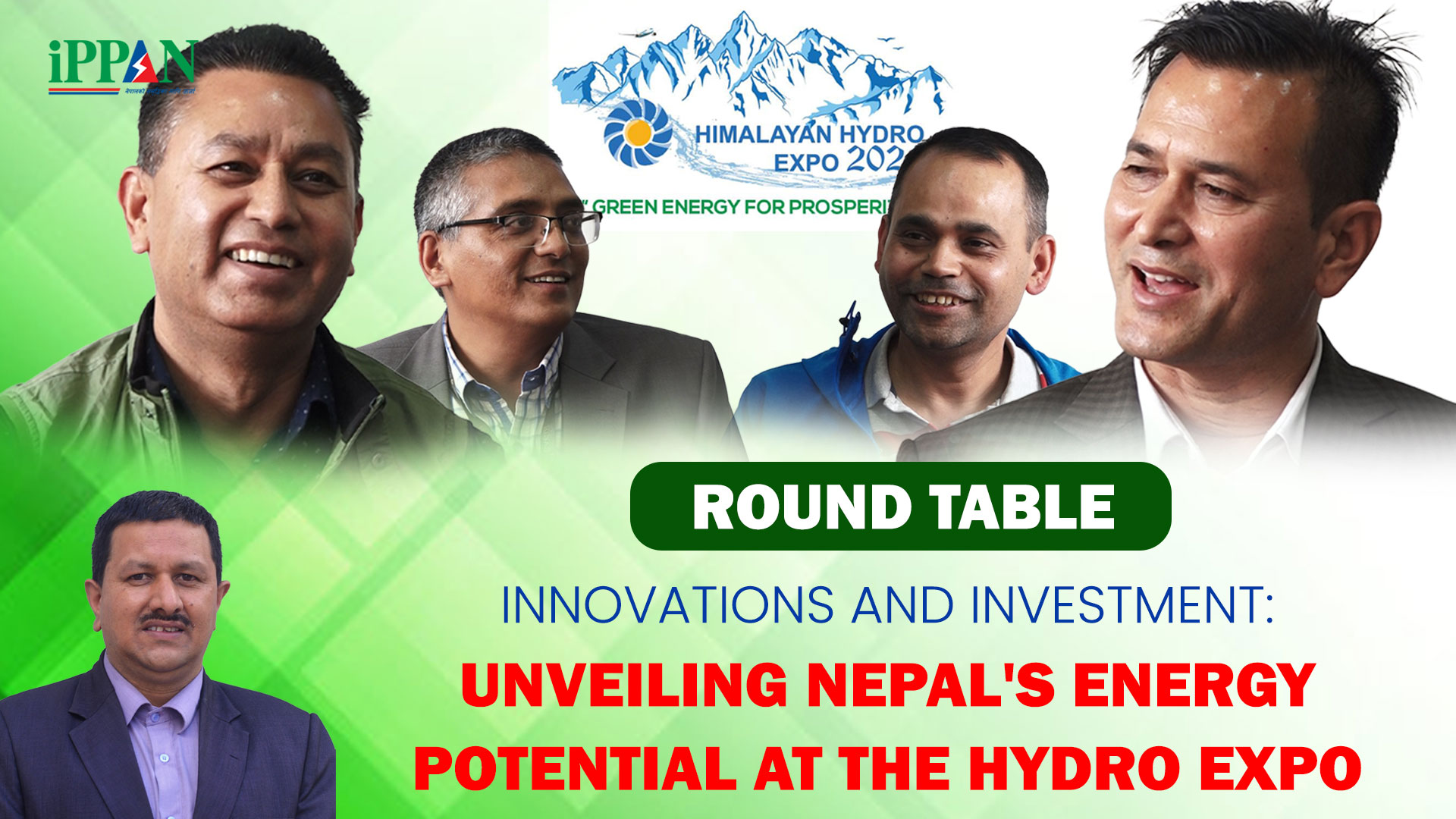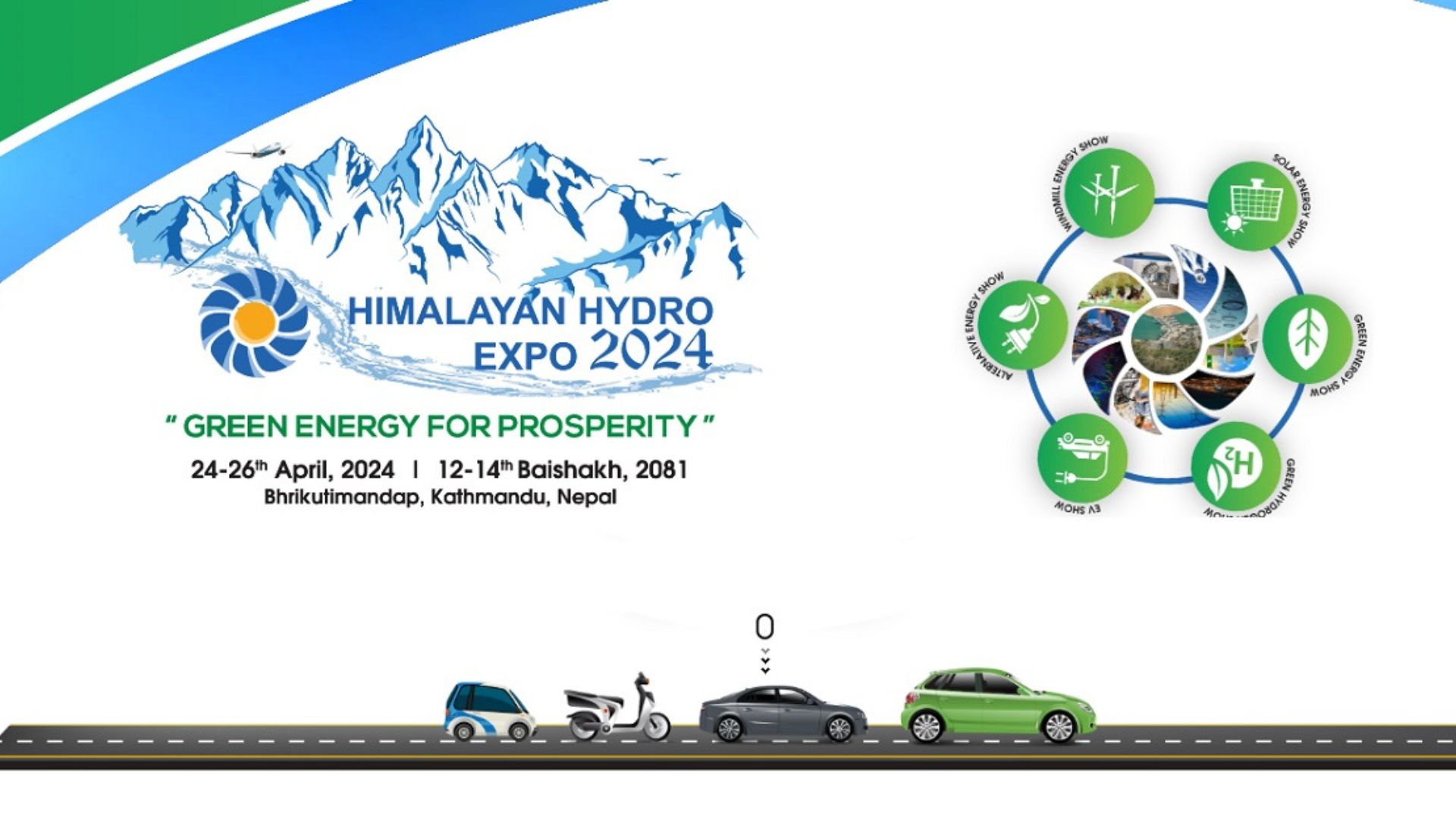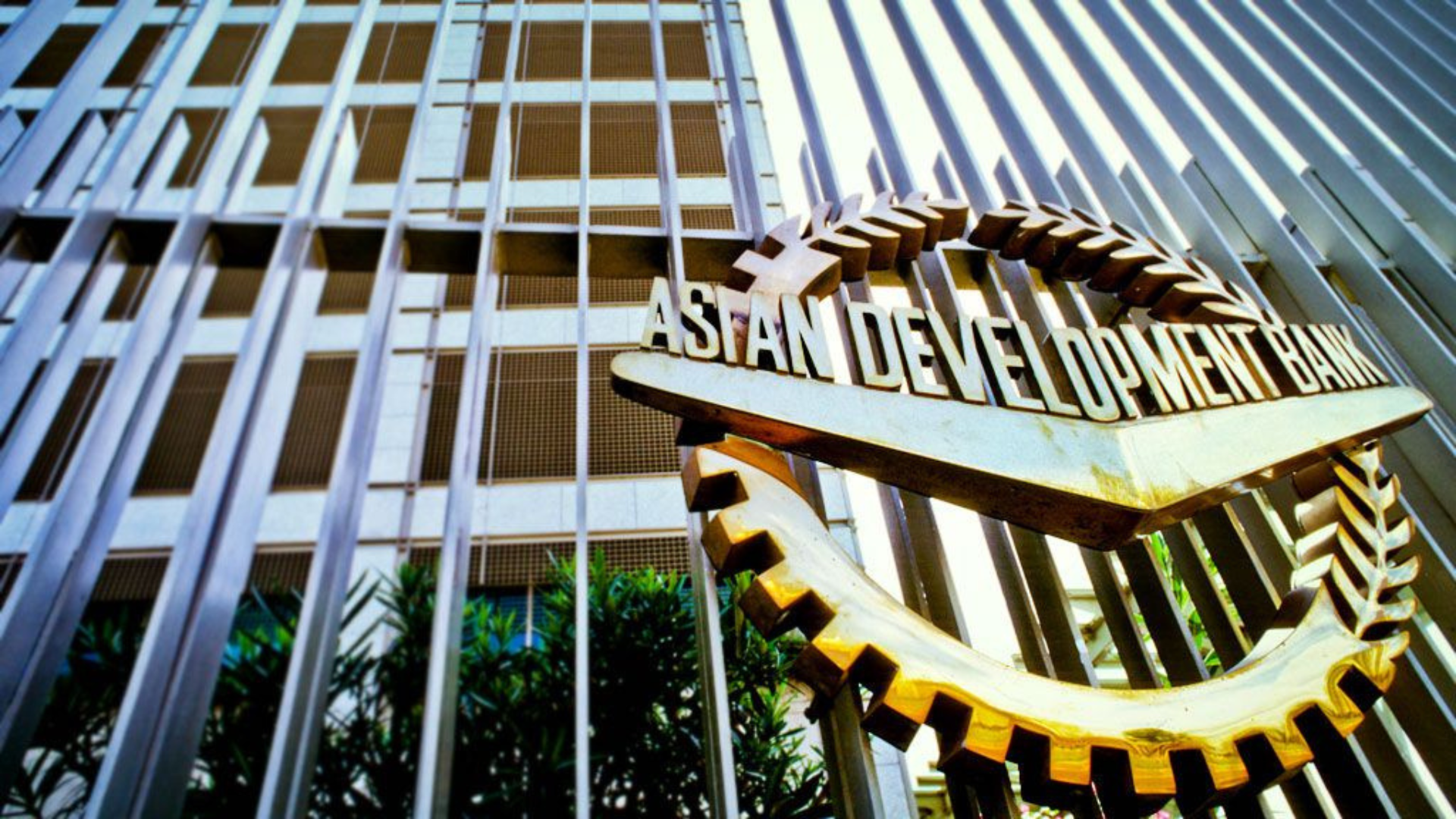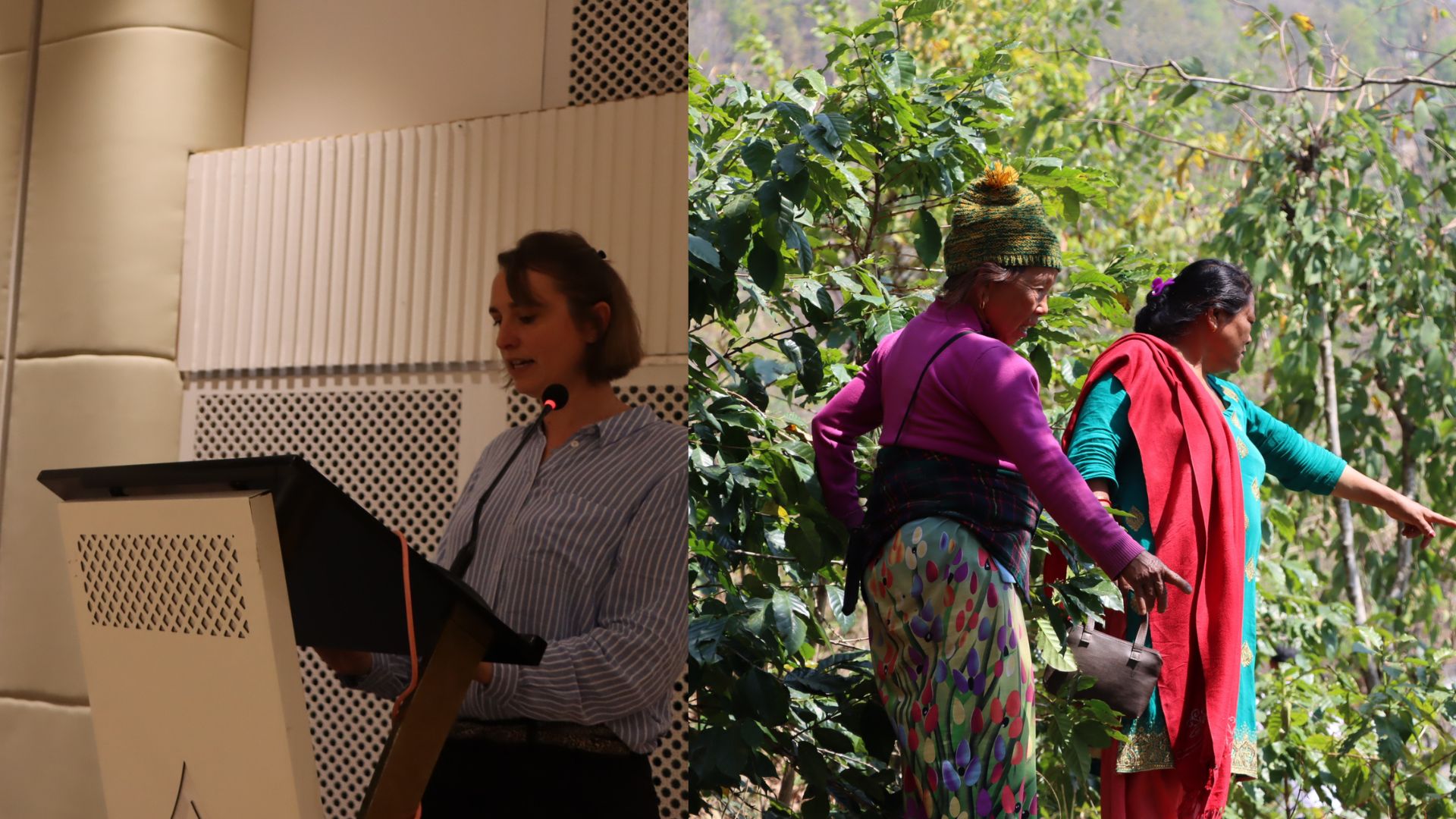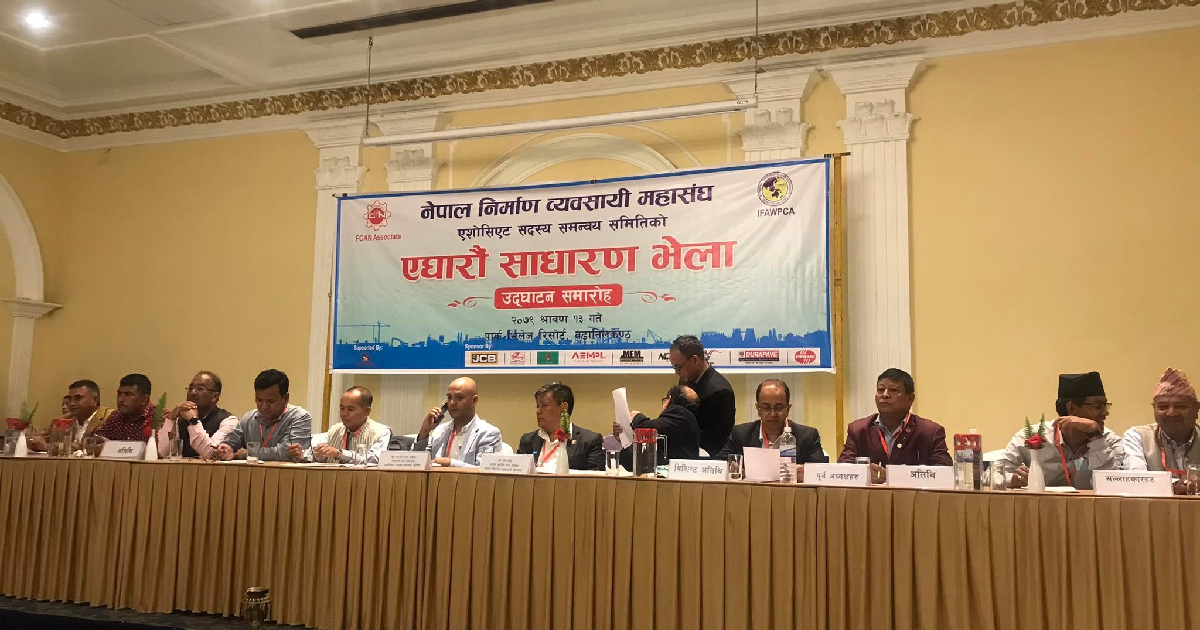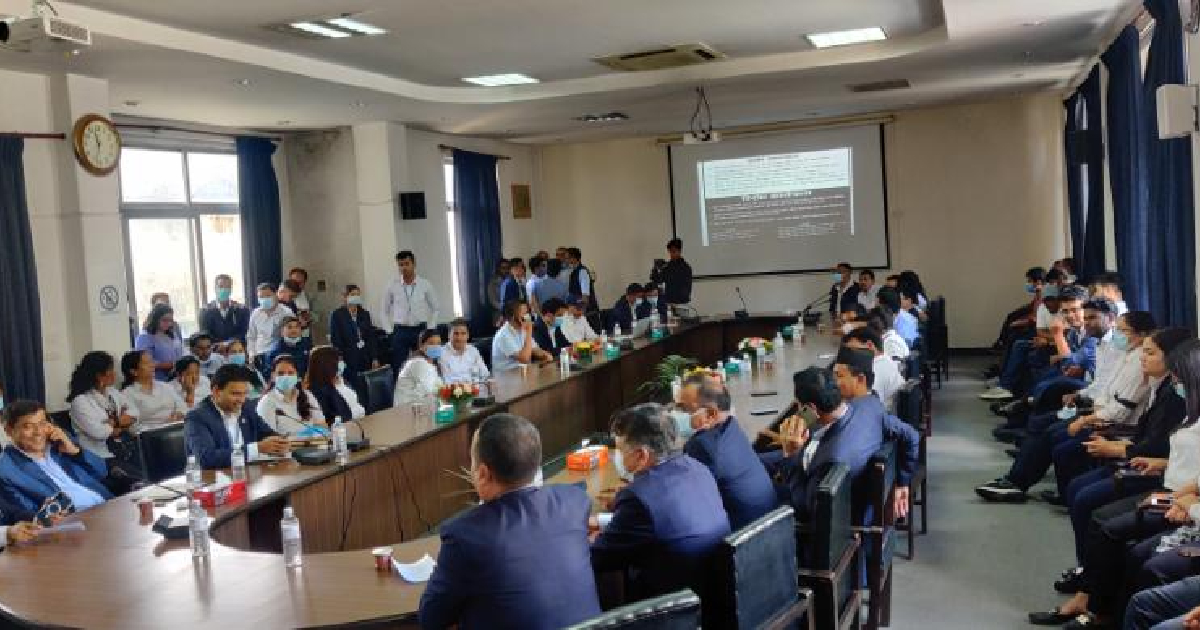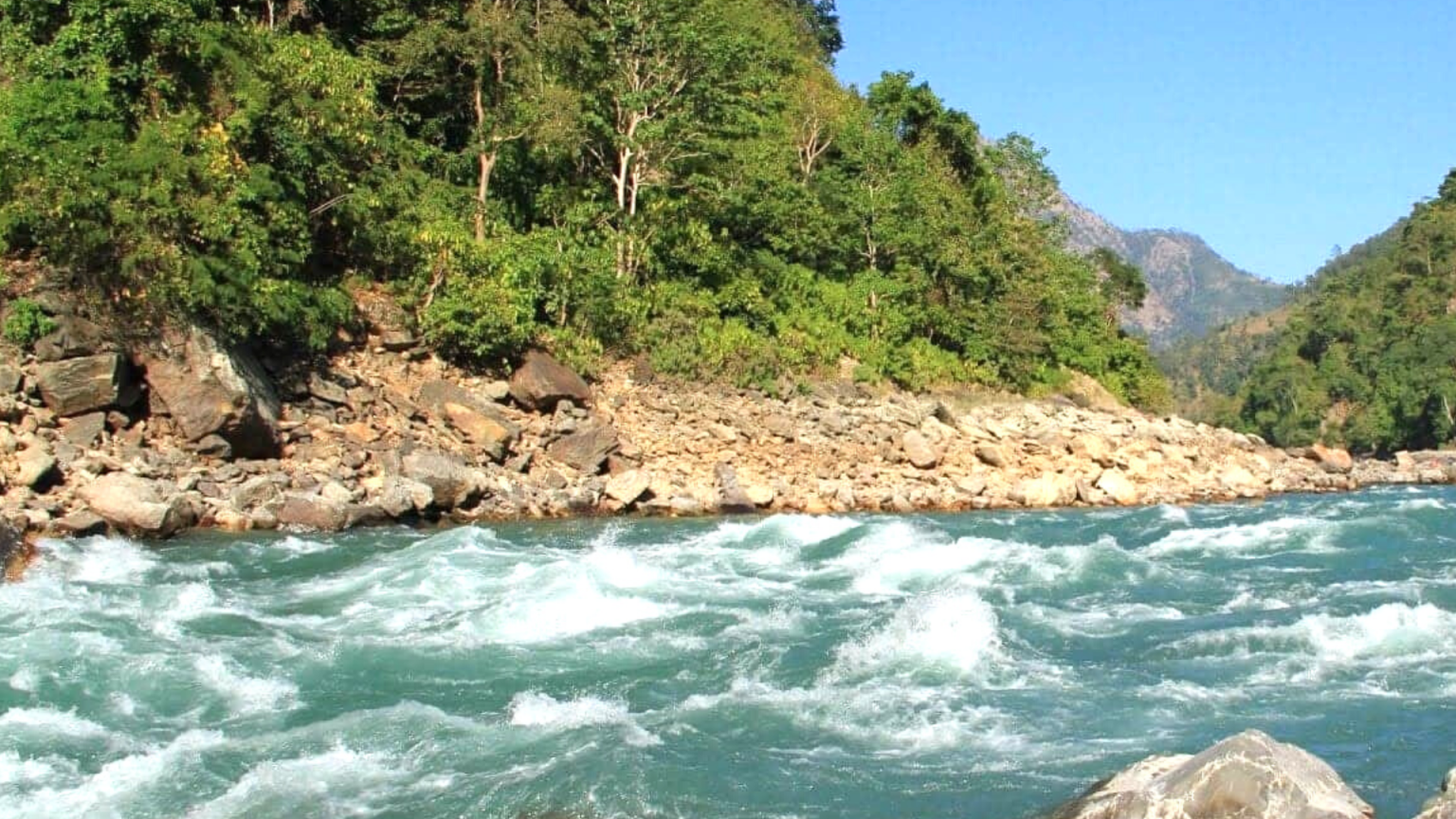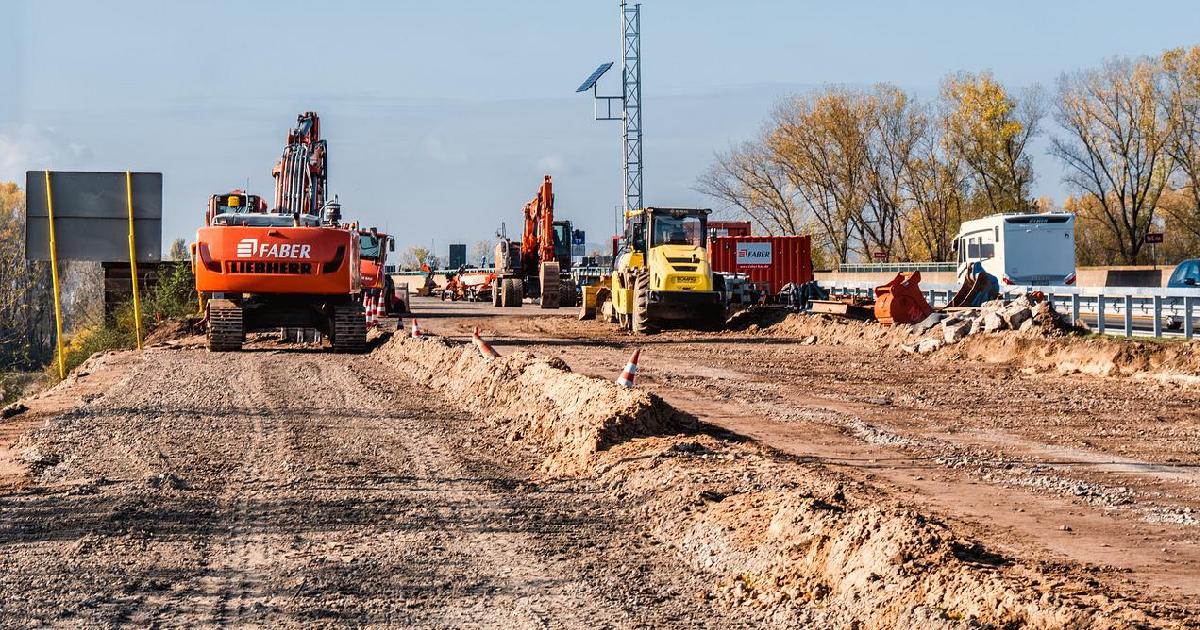



The company itself initiated raising the fund and put forward a plan to build the Kathmandu -Kulekhani-Hetaunda tunnel. The company got approval for the construction of this infrastructure project under the BOOT (Built, Own, Operate, Transfer) model. The then Ministry of Physical Infrastructure and Transport, and the Ministry of Urban Development had given permission to the company to complete the work within three years.
In line with the permit, the company had set a target to complete the infrastructure project in December 2016. The financial closure of this project should have been done in 2014. However, due to various reasons, the company could not raise the required fund for the project and the deadline for this project was extended to 2015.
The company also tried to bring in an investment of Rs 28 billion with Infra Bank of Canada. However, it was not successful. The government extended the deadline for the company one after the other. However, the company could not manage the financial sources for the tunnel. If this project had been implemented, it would have opened the door to the private sector in the construction of most of the roads and tunnels in Nepal. However, the future of this project has been in limbo for the past 9 years due to the company’s inability to manage foreign loans.


“There are mountains of challenges and problems in this project. However, we are working with the responsibility of putting an end to that problem and moving the project forward,”
Once the tunnelway is constructed, Hetauda-Kathmandu’s travel time will be reduced to less than an hour from Kathmandu. However, unfortunately, even after a decade has passed since the construction of this project was discussed, the construction has not yet started. A total of 4.55 km of tunnels have to be constructed in three different ways under the project.
The initial estimated cost of this project was Rs 35 billion. However, this project has been stalled so far and the cost is also rising. With this project stalled in the mid-way, none of the road and tunnel projects promoted by the private sector in Nepal have moved forward.
However, the environment for private sector investment in road projects is building up.”We are moving forward with the idea that the private sector can also take the initiative for big road infrastructure projects in Nepal,” adds Bhatta. “People will trust and invest only if this company is able to make them believe that the tunnel will be built,” he says. Around Rs 360 million has been collected from 1800 shareholders of the company.
One-third of the total amount of fuel that will be saved by reducing the travel distance will be collected in the form of toll tax from those traveling along the road. A total of 17.35 percent annual return will be secured for the investors of this project while the return on equity will be 19.7 percent. The cost of this project is increasing as the construction time is getting shorter.
Bhatta says that the government should also attract the private sector towards the road and tunnel project and leave it after making this project a success.
Same fate of Kathmandu-Madesh Tarai Fast Track
In 2007, the government launched a policy of attracting the private sector to construct the Kathmandu-Terai/Madhesh expressway (fast track) road project. The government had called for letters of intent for the construction of this project several times since 2008. However, at that time, the private sector was not ready to build roads. The government called for letters of intent from interested companies on September 10, 2014, for the construction of the fast track. The Indian company Infrastructure Leasing and Financial Services Limited (IL&FS) was interested in building this infrastructure. The Indian company had received construction permission.
A preliminary agreement was reached with the joint IL&FS of Nepal and India to prepare a Detailed Project Report (DPR) after evaluation Request for Proposal. Accordingly, the DPR was prepared and approved by the government on June 2015. The meeting of the Council of Ministers on August 1, 2015, under the leadership of the vice-chairman of the National Planning Commission, formed a committee to study the understanding and agreement between the project and the company. The company submitted a DPR in June 2015 which was approved in July 2015 same year by the government.
According to the decision of the Ministry of Finance dated 13 July 2015, it was decided to take a formal initiative with the Government of India to provide a concessional loan worth USD 750 million for the construction of the expressway as agreed principally. Out of the total cost of the project of Rs 129.6 billion, Rs 15 billion from the investors were planned to be invested in the form of equity loans. Under Build, Operate and Transfer (BOT), the promoter company should build the fast track road within 5 years and operate it by itself, collect toll tax and hand it over to the Nepal government in 25 years.
The minimum income guarantee demanded by the promoter company for the 25 years of operation of the route was 27,200 vehicles tax. A provision was made to collect Rs 800 per motorcycle, Rs 1600 per car, Rs 3100 per bus, and Rs 4600 per truck. A meeting of the Council of Ministers five years back decided to give the responsibility to the Nepal army to construct the fast track. After two years, the government approved the DPR. The cost of this project is Rs 175 billion.


“The private sector invests only in projects that will bring returns and profits. However, due to a lack of good management of tunnel and road infrastructure in Nepal, including toll tax, private sector investment has not been able to be brought in,”
Devendra Karki, the former secretary of the Ministry of Physical Infrastructure and Transport, says that the private sector is reluctant to invest because the chances of return are low in the construction of road and tunnel infrastructure projects.
“The private sector invests only in projects that will bring returns and profits. However, due to the lack of good management of tunnels and road infrastructure in Nepal, private sector investment has not been able to be brought in,” says Karki.
Bhimarjun Adhikari, Deputy Director General of the Roads Department, says that even though infrastructures including roads have been being built in foreign countries under the Public-Private Partnership (PPP) model, the private sector has not yet been able to build roads in Nepal.
“The private sector will come for investment only if the return of the project is ensured. This can’t happen”-Bhimarjun Adhikari, Deputy Director General, Road Department.“In foreign countries, the private sector has been investing heavily in infrastructures such as roads and communication. However, in our country, we have not been able to attract the private sector in the construction of road infrastructure,” he says.
He says that the private sector is not able to be attracted due to the frequent change of government and the tendency to change the policies and programs introduced with the change of government. He is of the opinion that if the private sector builds infrastructure including roads, the government’s priority should go to the education, health, and social sectors.


“In foreign countries, the private sector has been investing heavily in infrastructures such as roads and communication. However, in our country, we have not been able to attract the private sector to the construction of road infrastructure,”
The 15th plan had set a target of blacktopping 9,794 km of national highways (up to two lanes) by 2022-23. However, during that period, only 7,237 km of roads were black-topped.
If the private sector is involved, on the one hand, the state can invest in roads in other areas, while on the other hand, since the private sector has to build and operate them, its quality and efficiency will also improve. Infrastructure expert Kamalraj Pandey says that the private sector cannot be attracted to invest in road infrastructure without returns. He says that if the government allows the private sector to enter, it will help a lot in capital formation.
The private sector is basically connected with the market. For him, the return is the most important aspect, only based on its analysis, the private sector will come for investment,” he says, ‘when the private sector builds roads, large government investment can go to other areas. It has been successful in other countries as well. For this, it is possible if the government will provide the minimum provision fund (VGF).
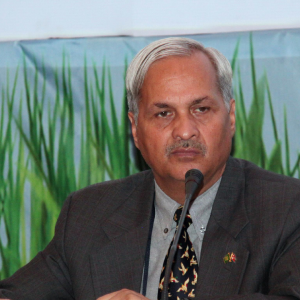

“The private sector is basically connected with the market with the return being the most important aspect. It will come to invest only on the basis of its analysis,”
The private sector is basically connected with the market. For him, the return is the most important aspect, only based on its analysis, the private sector will come for investment,” he says, ‘when the private sector builds roads, large government investment can go to other areas. It has been successful in other countries as well. For this, it is possible if the government will provide the minimum provision fund (VGF).
Birendra Raj Pandey, Vice President of Nepal Industry Confederation said the main reasons for less participation of the private sector in road construction are a lack of confidence about the returns and a conducive environment for higher returns on investment.
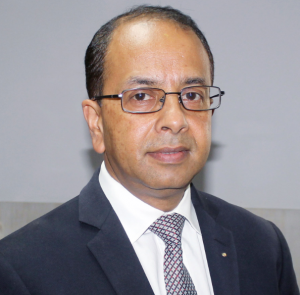

“If there is a suitable environment, the private sector will invest in road infrastructure projects, even if it takes risks,”
Pandey says that the government as well as the private sector have started taking initiatives to attract the road infrastructure sector. “We have advanced the discussion of road construction in the annuity model by investing 30 percent of the private sector and 70 percent of the government, it has gone in a positive direction,” Pandey adds.
If the private sector can implement only one or two road infrastructure projects, it will attract investors, he says. “If there is a favorable environment, the private sector will invest in road infrastructure projects, even if they are willing to take risks,” says Pandey.


